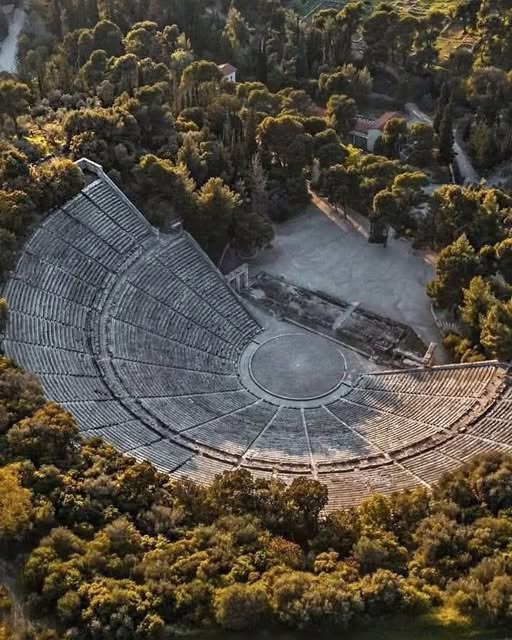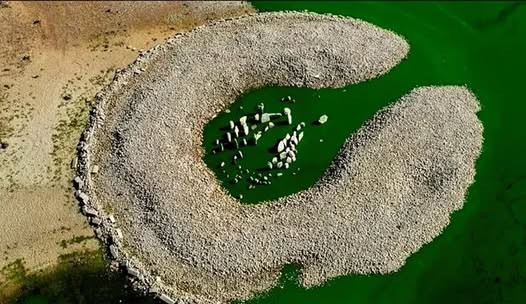Tecpatl Obsidian Knives: The Razor-Sharp Legacy of the Aztecs
Unveiling the Tecpatl: More Than a Blade
Step into the heart of ancient Mesoamerica and discover the Tecpatl obsidian knife—a tool as beautiful as it was deadly. Crafted from volcanic glass and sharper than steel, the Tecpatl was a signature blade of the Aztec civilization. These knives were more than instruments of survival or warfare—they embodied the very soul of Aztec culture, religion, and artistry.
Obsidian, formed from rapidly cooled lava, offered the Aztecs a naturally sharp material that could be flaked into blades with a cutting edge just nanometers thick. This made the Tecpatl not only efficient for practical uses but also ideal for ceremonial purposes where precision and symbolism were vital.
ALSO READ: The Dead Sea Scrolls: History, Discovery, and Conservation of a Biblical Treasure
Forged from Fire: Obsidian and Aztec Innovation
The Aztecs were master craftsmen, and their use of obsidian demonstrated both ingenuity and deep understanding of natural resources. Unlike metal, obsidian could be shaped with fine control, resulting in blades that were not only sharper than most modern surgical scalpels but also imbued with spiritual significance.
The Tecpatl knife became a powerful symbol in Aztec cosmology, often associated with Tezcatlipoca, the god of the night sky and ancestral memory. The obsidian blade, in this context, was a channel between the mortal world and the divine—capable of offering blood, life, and prayers to the gods.
A Sacred Role in Aztec Rituals
While some Tecpatl knives were utilitarian, used in food preparation or hunting, the most revered were reserved for religious ceremonies. In Aztec rituals, particularly during human sacrifices, the Tecpatl was the tool used by priests to open the chest and offer the heart to the gods. This act was not seen as brutality, but as a sacred exchange meant to maintain cosmic balance and nourish the sun.
The presence of the Tecpatl in codices, murals, and sculptures further confirms its role in ceremonial life. The blade represented divine order, sacrifice, and renewal. An extension of Aztec beliefs where every action on earth mirrored a celestial counterpart.
Handles of Symbolism: Art in Every Detail
What truly elevates the Tecpatl from mere tool to artifact is its handle. These were not simple grips but intricate carvings. Crafted from bone, wood, or jade—and adorned with motifs of serpents, deities, suns, and stars. Each carving told a story, often reflecting the status of the user or the purpose of the knife.
A priest’s Tecpatl might feature the likeness of Huitzilopochtli, the god of war and the sun. While a warrior’s blade could show a coiled serpent representing power and transformation. These handles weren’t just decorations—they were cultural signatures, deeply woven into the Aztec understanding of the universe.
Tecpatl in Modern Eyes: Legacy of the Aztec Blade
Today, surviving Tecpatl knives can be seen in museums and archaeological collections, offering rare and intimate glimpses into Aztec civilization. Their discovery reminds us that the Aztecs were not merely warriors or empire-builders, but sophisticated artisans and spiritual visionaries.
Modern analysis of obsidian knives has revealed their unparalleled sharpness, confirming what the Aztecs already knew centuries ago. The Tecpatl is now appreciated not only as a weapon or ritual tool. But as a symbol of human ingenuity, spirituality, and artistic excellence.
Conclusion: The Timeless Echo of the Tecpatl
The Tecpatl obsidian knife is more than an archaeological artifact. It’s a testament to a civilization where every object had purpose, and every ritual held meaning. In these blades, we see the sharp edge of survival and the deep heart of faith. Crafted from fire-born stone and carved with divine precision. The Tecpatl remains a hauntingly beautiful symbol of the Aztec world—a world where every cut told a sacred story.






